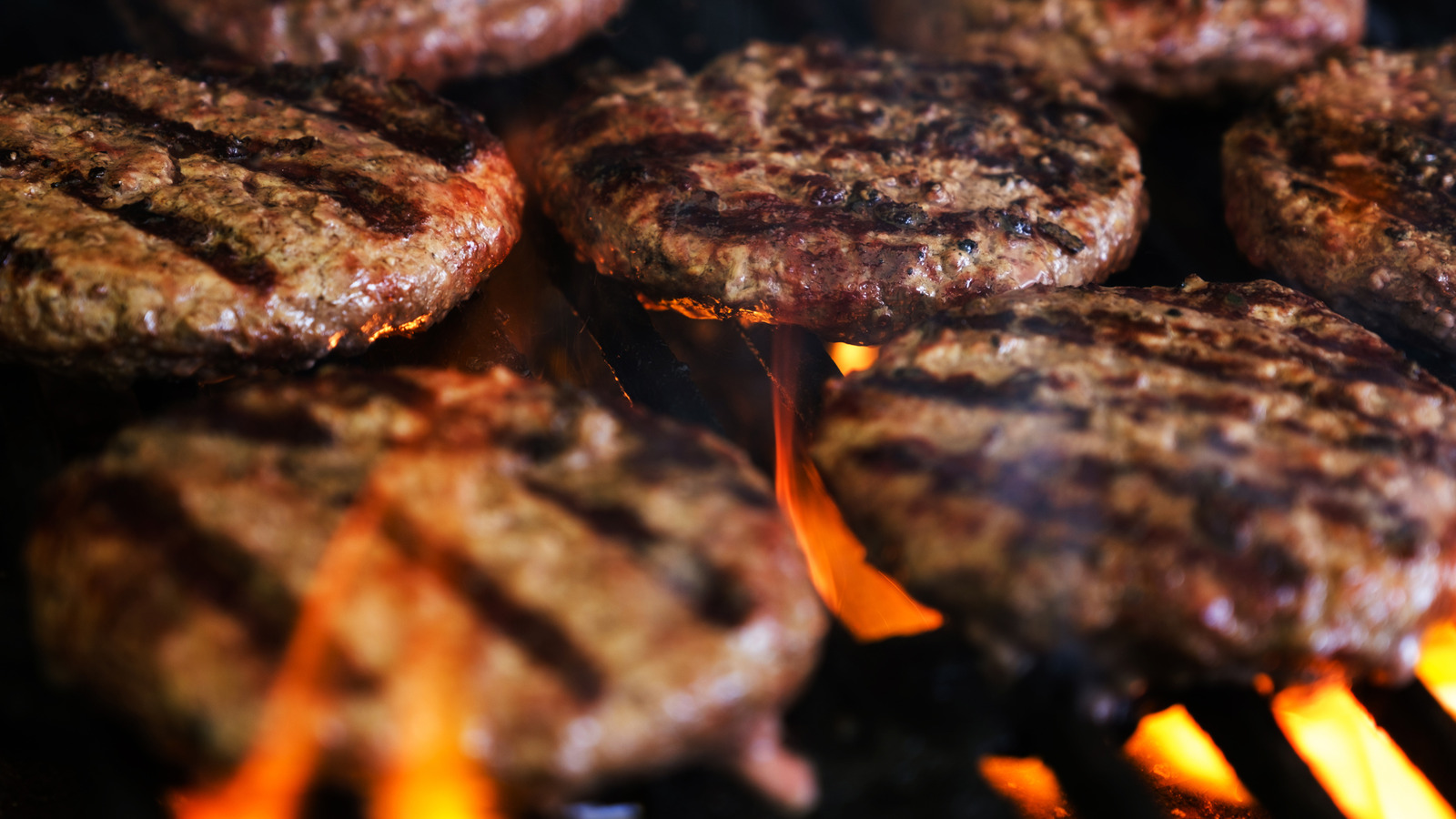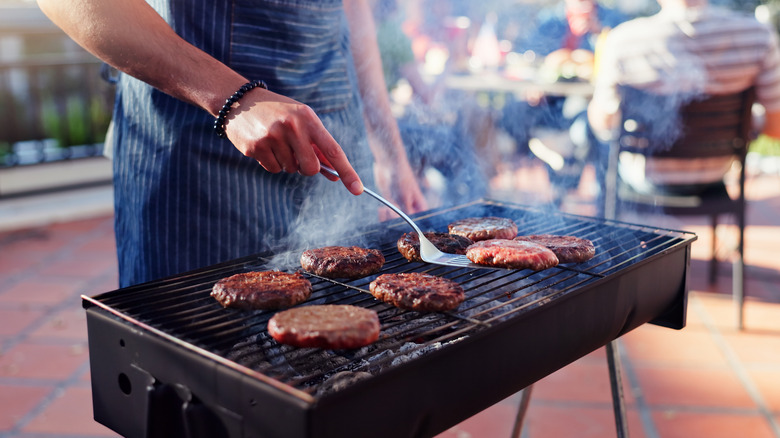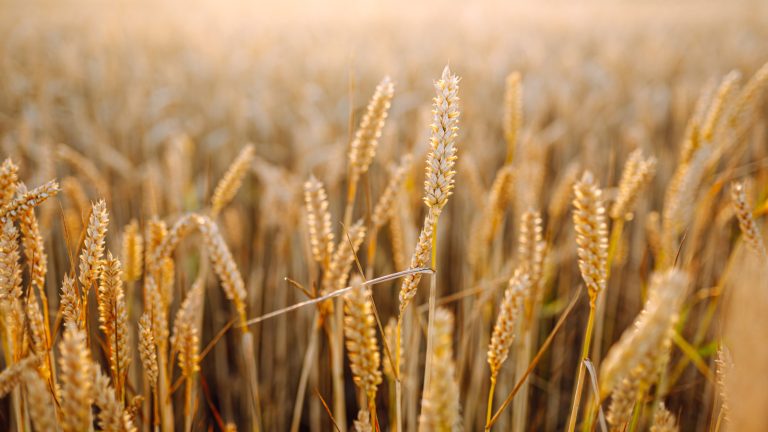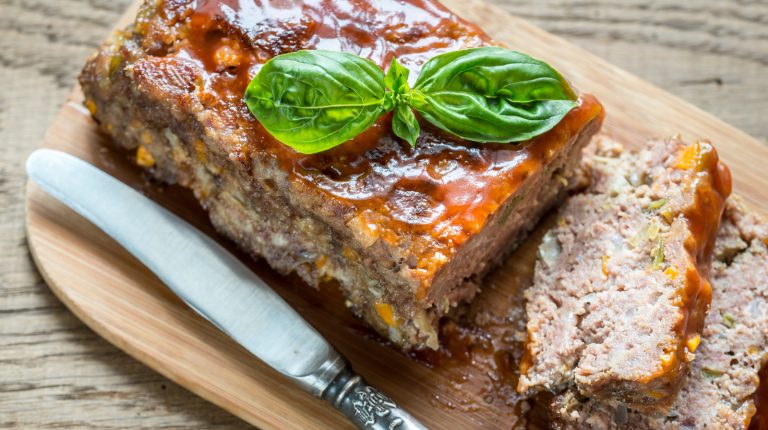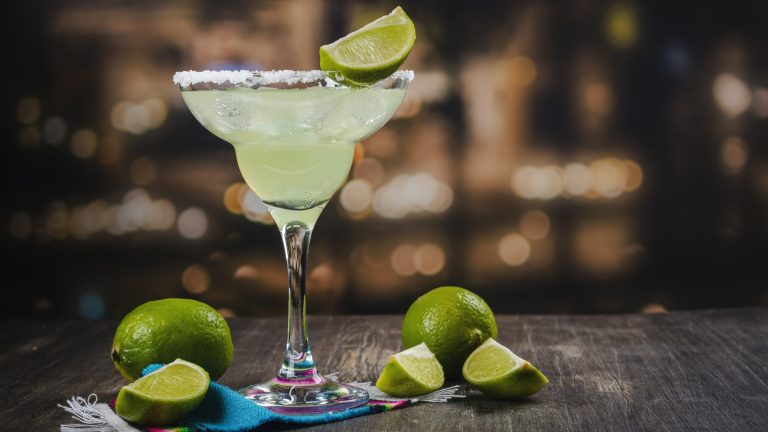There’s more than meets the eye when it comes to preparing the best burgers. Cooking method and meat type are two big ones, but you also need to make sure the patty fits comfortably on the bun; shaping your patties too small is one of those mistakes everyone makes when cooking burgers. The easiest way to accurately measure patty size is by forming patties that are about 20% larger than the buns; this accounts for the shrinkage that happens while they cook. So, if the average burger bun diameter is around four inches, then eyeball your patties to be just under five inches.
Meat shrinks due to moisture evaporating and fat rendering; it’s a natural result of the meat hitting the heat. While forming the patties larger than their buns is a good way to account for the size change, there are also ways to prevent too much shrinkage, including forming a crater in the patty prior to cooking it, and cooking the burger on a lower heat for a longer period of time.
Tips for making the right-sized burger patties
The 20% rule is a good place to start, but there are caveats. Burger patties with more fat and moisture will shrink more than those without, so it ultimately will depend on the type of meat you’re using; most burger recipes call for ground beef that’s anywhere from 15% to 20% fat, so this trick likely works best with that meat. If you’re using lean meat, such as 10% fat, then you can get away with making the patties a little smaller because there is less moisture and fat to lose. No matter the type of meat you’re using, though, assume you’ll get about three to four burgers from a pound of meat, and don’t overwork the patties when shaping them.
While most people want a crispy char on the patties, this adds to the shrinkage. High-heat cooking without moisture will cause the burger patty to shrivel further. If you don’t mind the lack of a crispy exterior, add a little water to the pan while the burgers cook on a lower heat, which will help steam them, preventing so much moisture loss.


